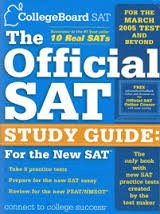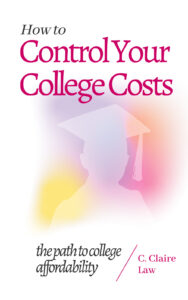The new SAT will soon become the standard bearer for the College Board’s standardized test. It faced an enormous amount of criticism when it first surfaced in sample form last year and the CB spokespeople had a difficult time explaining their reasoning and why the drastic change was being implemented.
A couple of answers to this appeared to make a lot of sense: the old SAT had some biases, it was not based on current educational standards and higher predictive outcomes were seen as favoring the “haves” while disenfranchising the “have nots”. While the specific changes are now clearly evident, as many sample tests are available, the actual impact and predictability of their results is very much in the air. But let’s get to the REAL reason for the change.
It all about the MONEY and MARKET SHARE, terms not often associated with non-profits. The SAT lost share to its rival, the ACT, at an alarming rate and over the past couple of years the ACT garnered a greater participation rate than the SAT. Of late, colleges and universities often voiced a preference for the ACT as they felt it was more predictive of student success than the SAT. Now we have a new SAT from the CB and they are waging a battle of monumental proportions in order to return to their previous level of dominance. With an aggressive marketing and sales blitz, the CB has gotten out of the starting gate quickly by finessing the ACT and winning many major contracts. I’ll point you to my colleague Jed Applerouth to get the skinny on how viciously competitive the world of standardized testing can be.
What does mean to a student? They may be forced to take a test by their state or local government (due to a potentially lucrative contract) even though the SAT may NOT be the right test for them. Those without the financial means to consider choosing and preparing for the alternative ACT are left in the dust. The real kicker in all of this is that NO ONE will really understand the implications of the new SAT for a number of years because that is how long it will take to get an accurate norming of scores and predictive correlations relative to academic performance.
It may be wise for many students to consider Fair Test schools where submission of standardized test scores is optional or not required at all. In addition to the Fair Test list, many of my colleagues are advising their students to prepare for and take the ACT. Unfortunately the ACT has recently changed as well and that is a subject we’ll cover in our next post.


